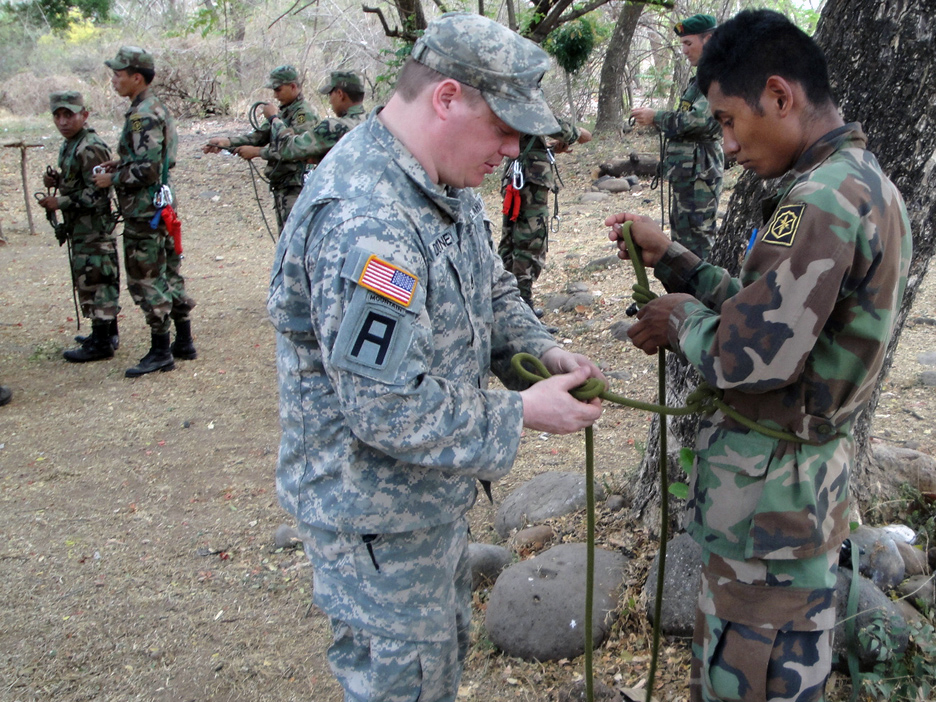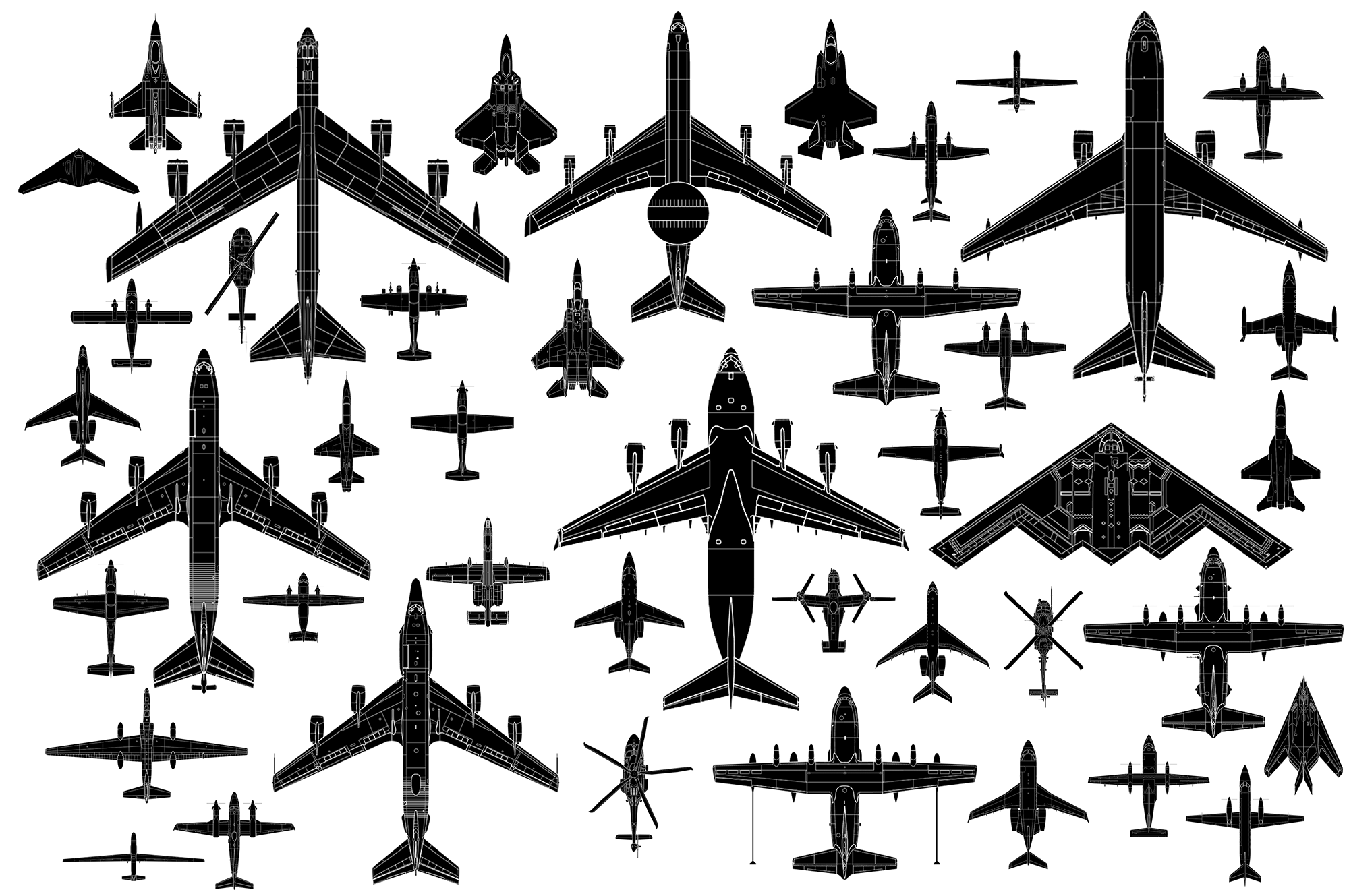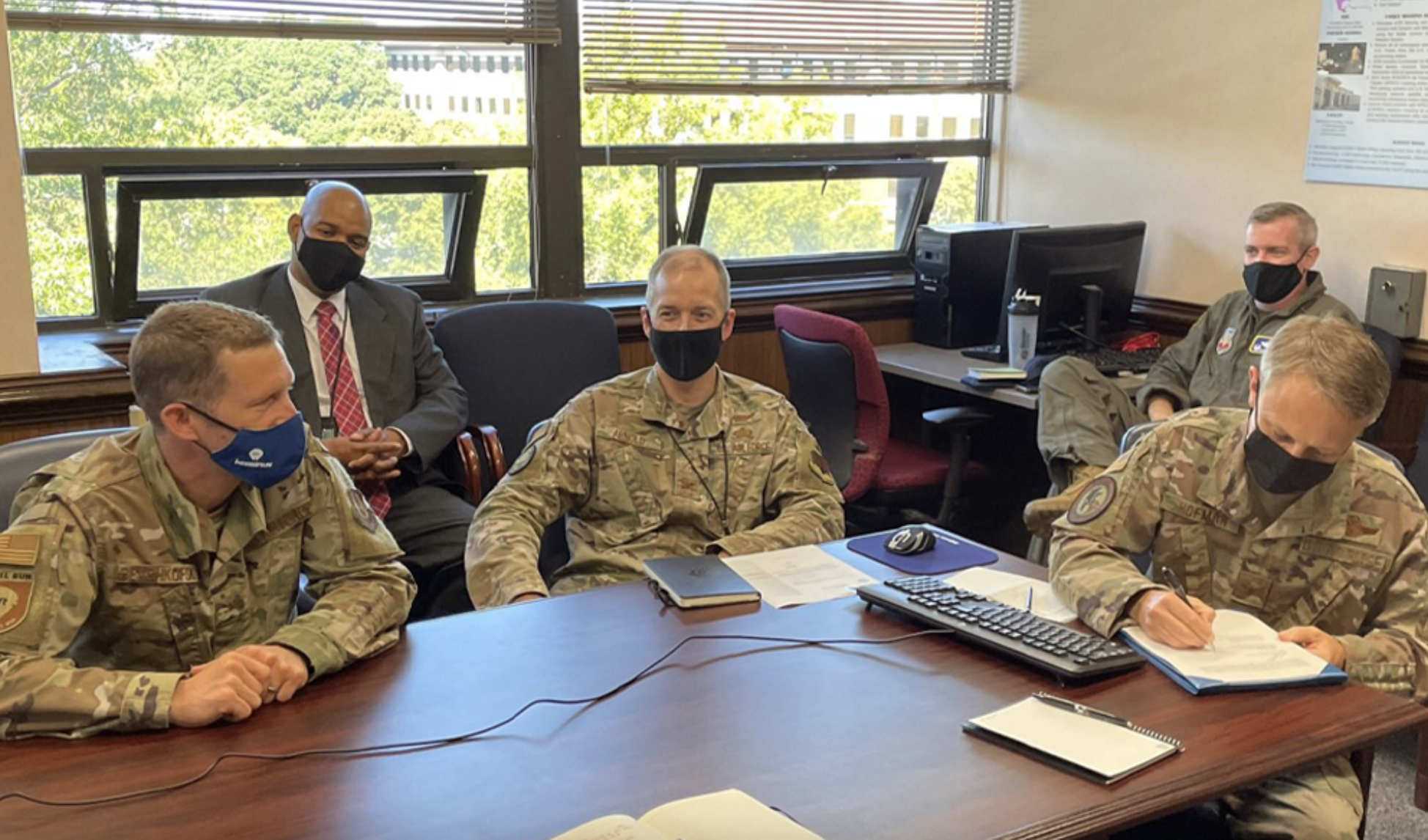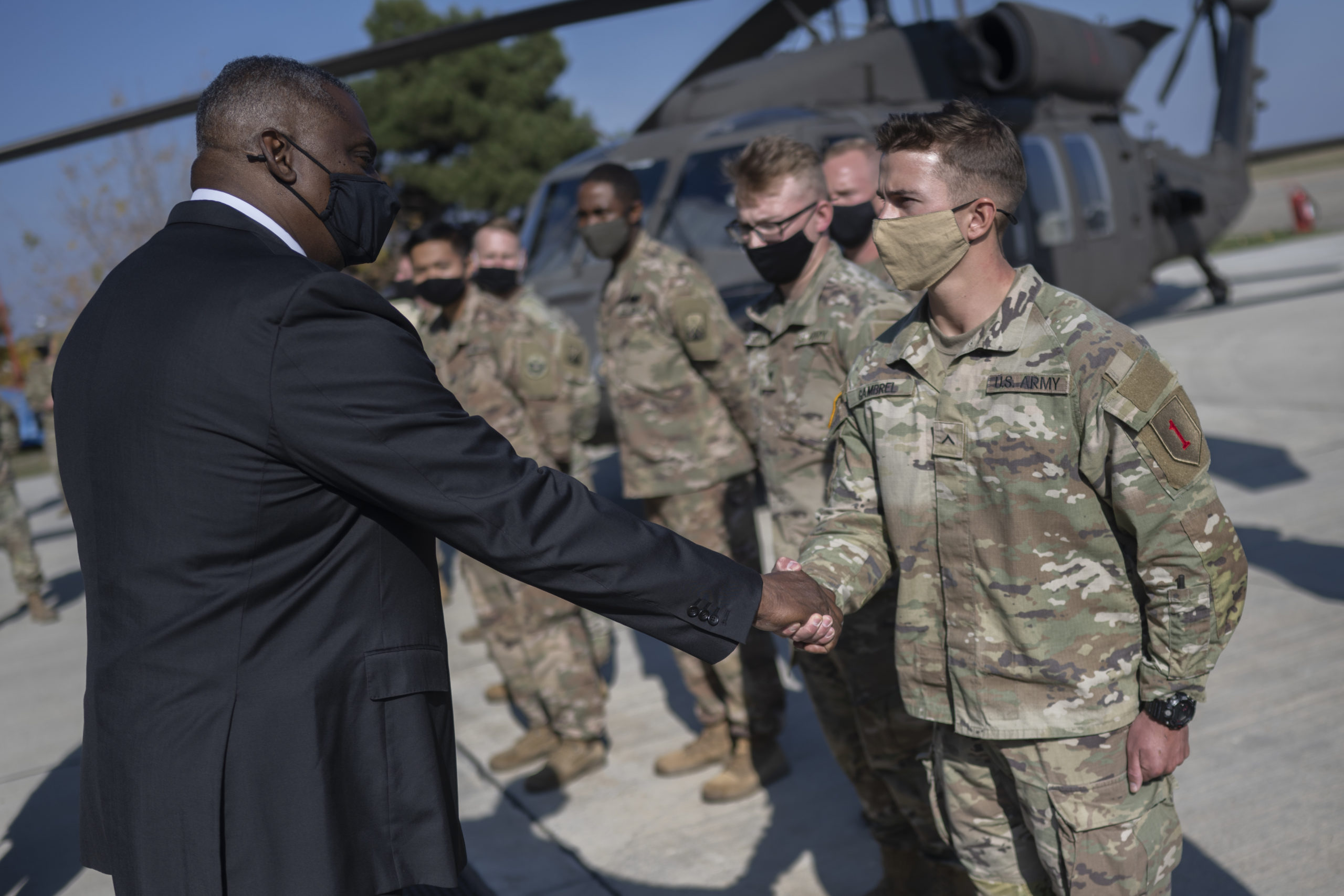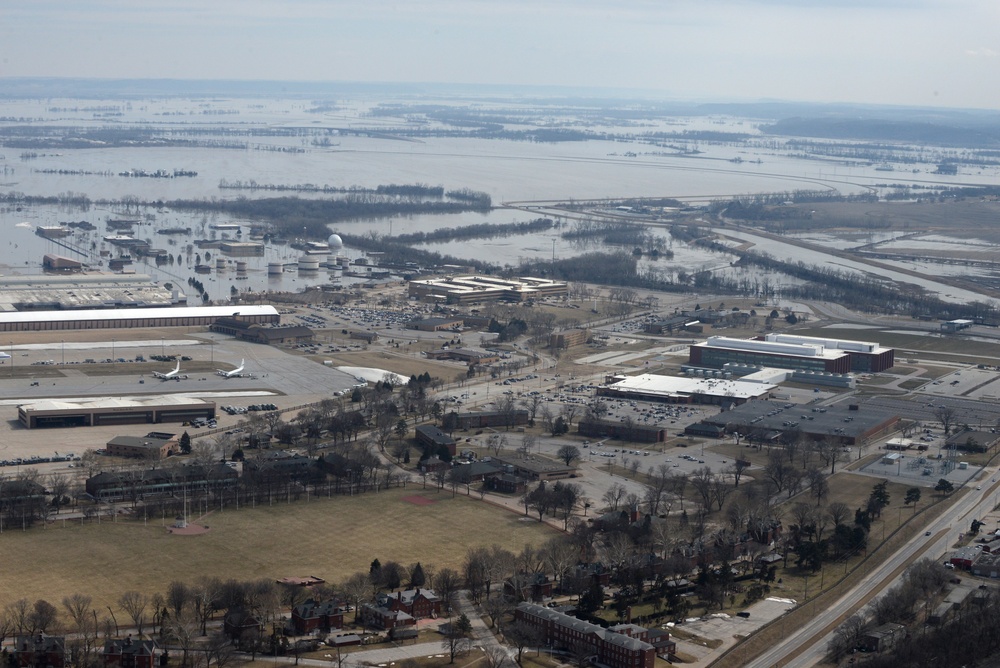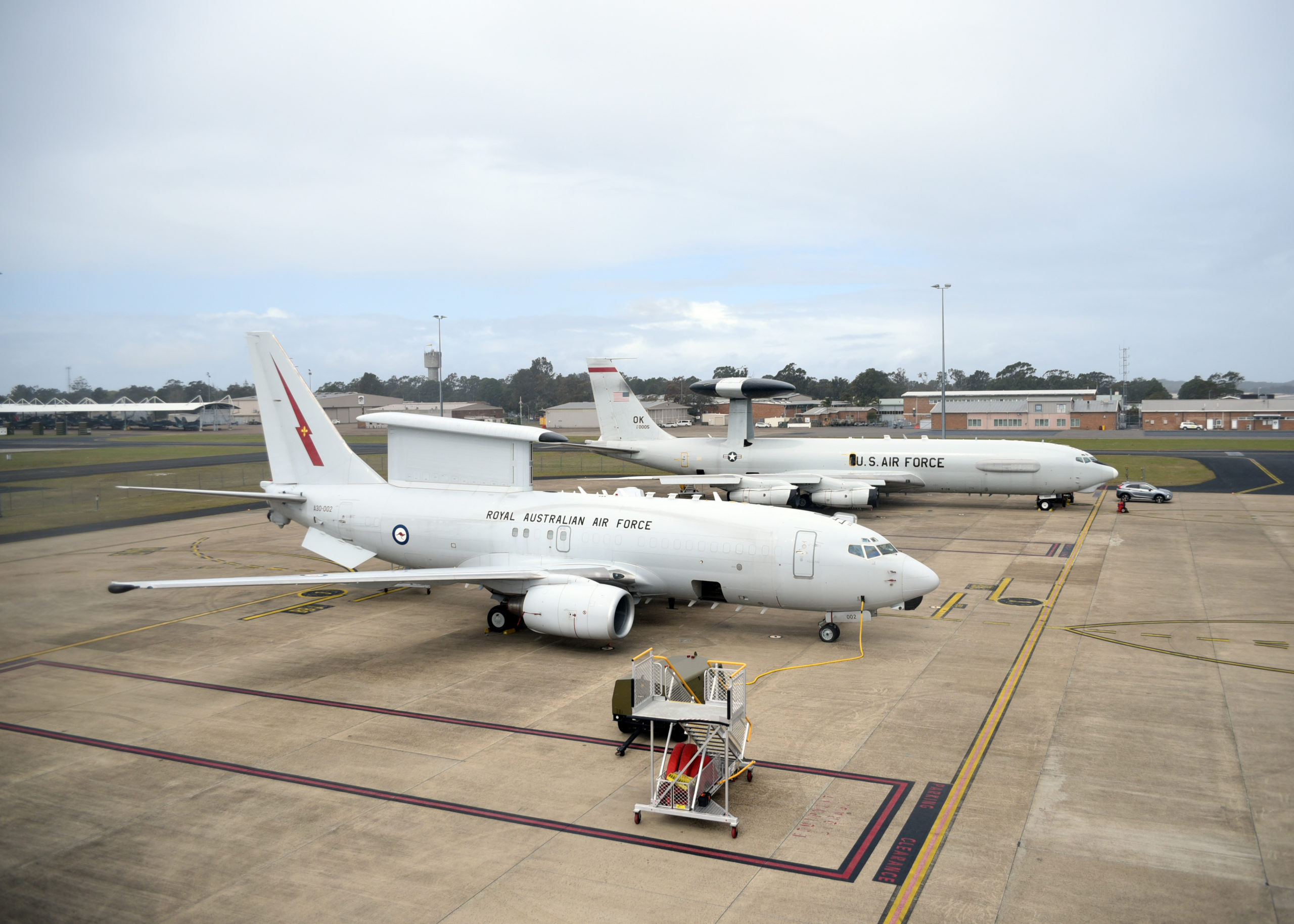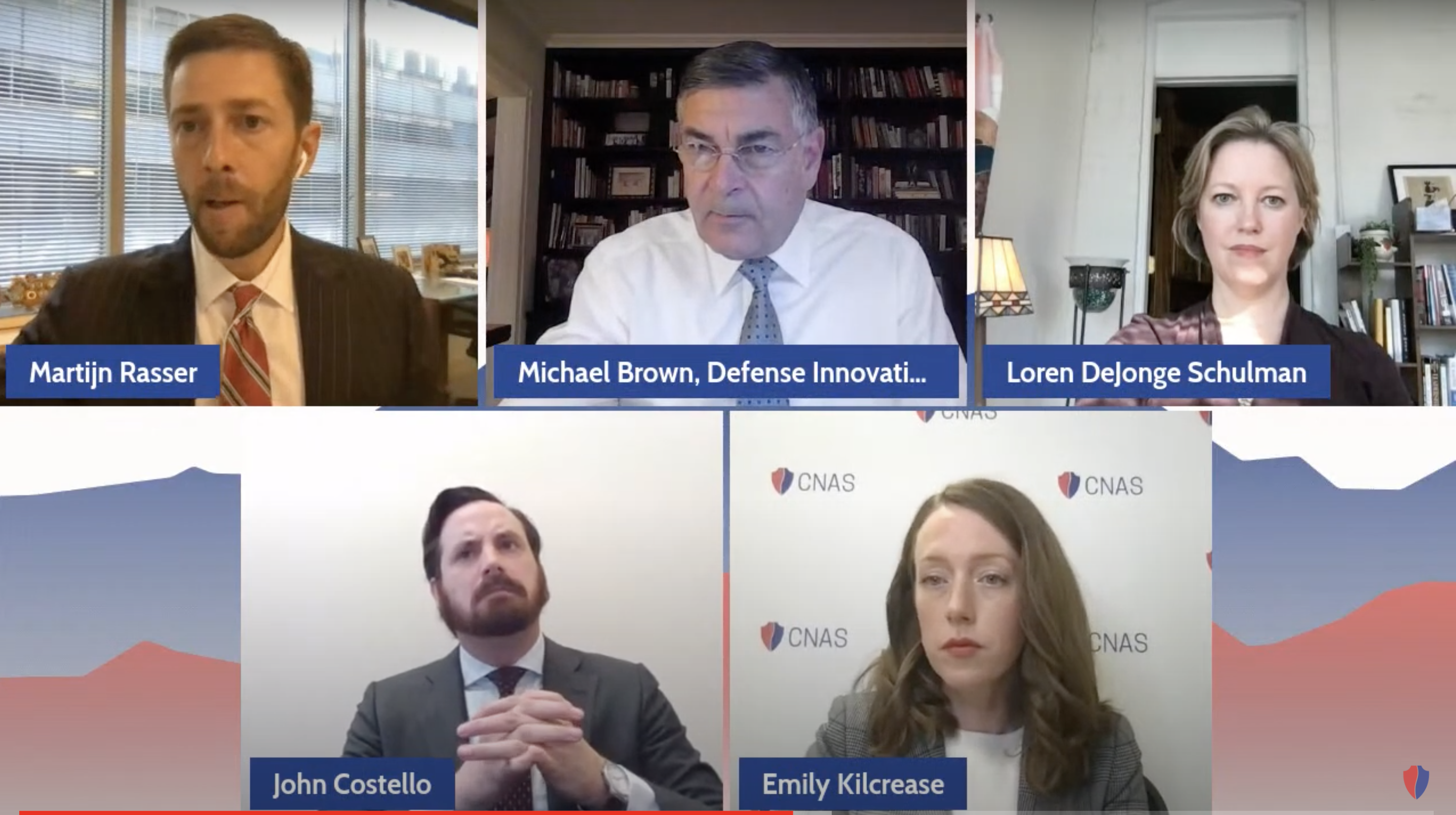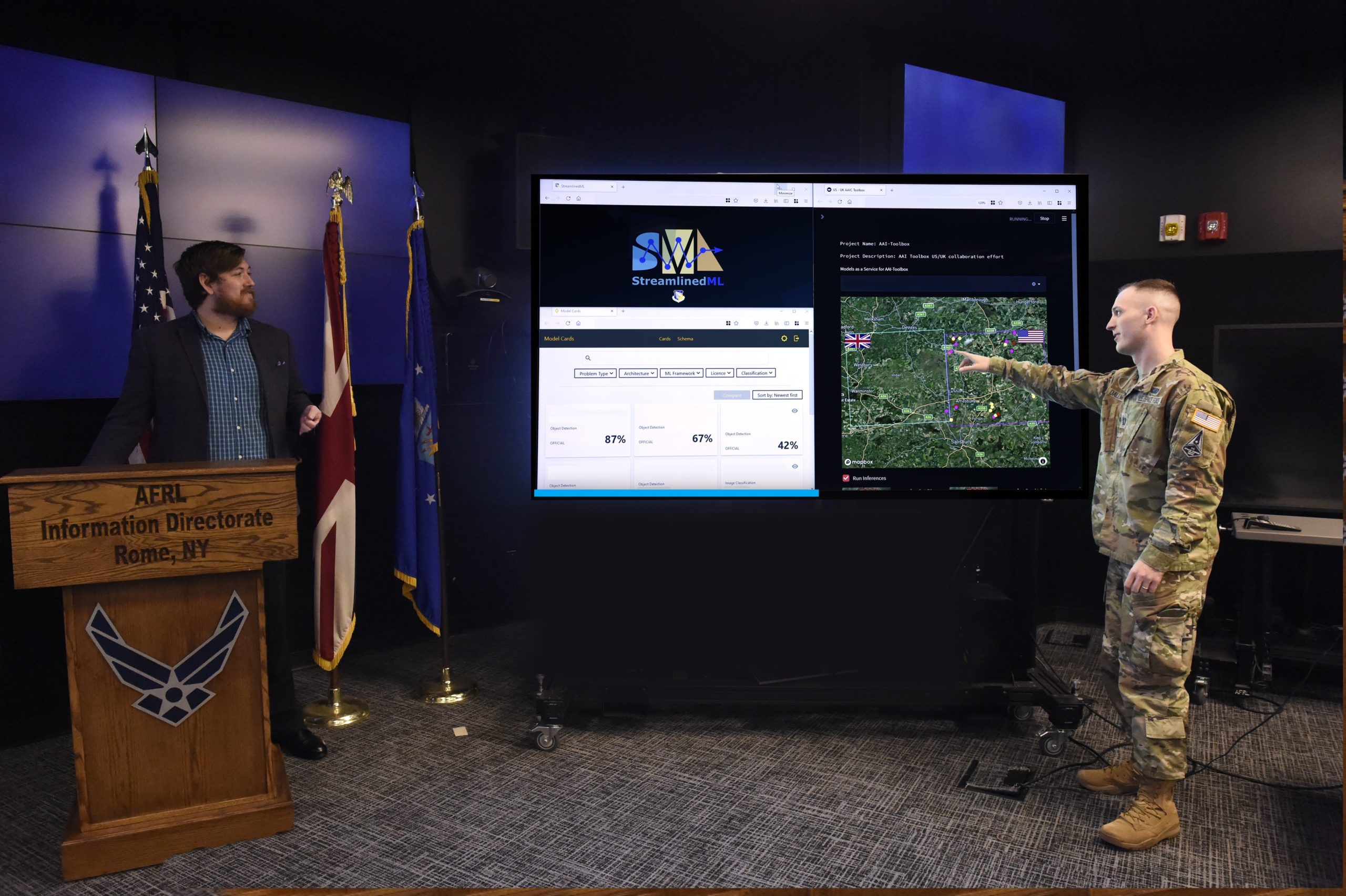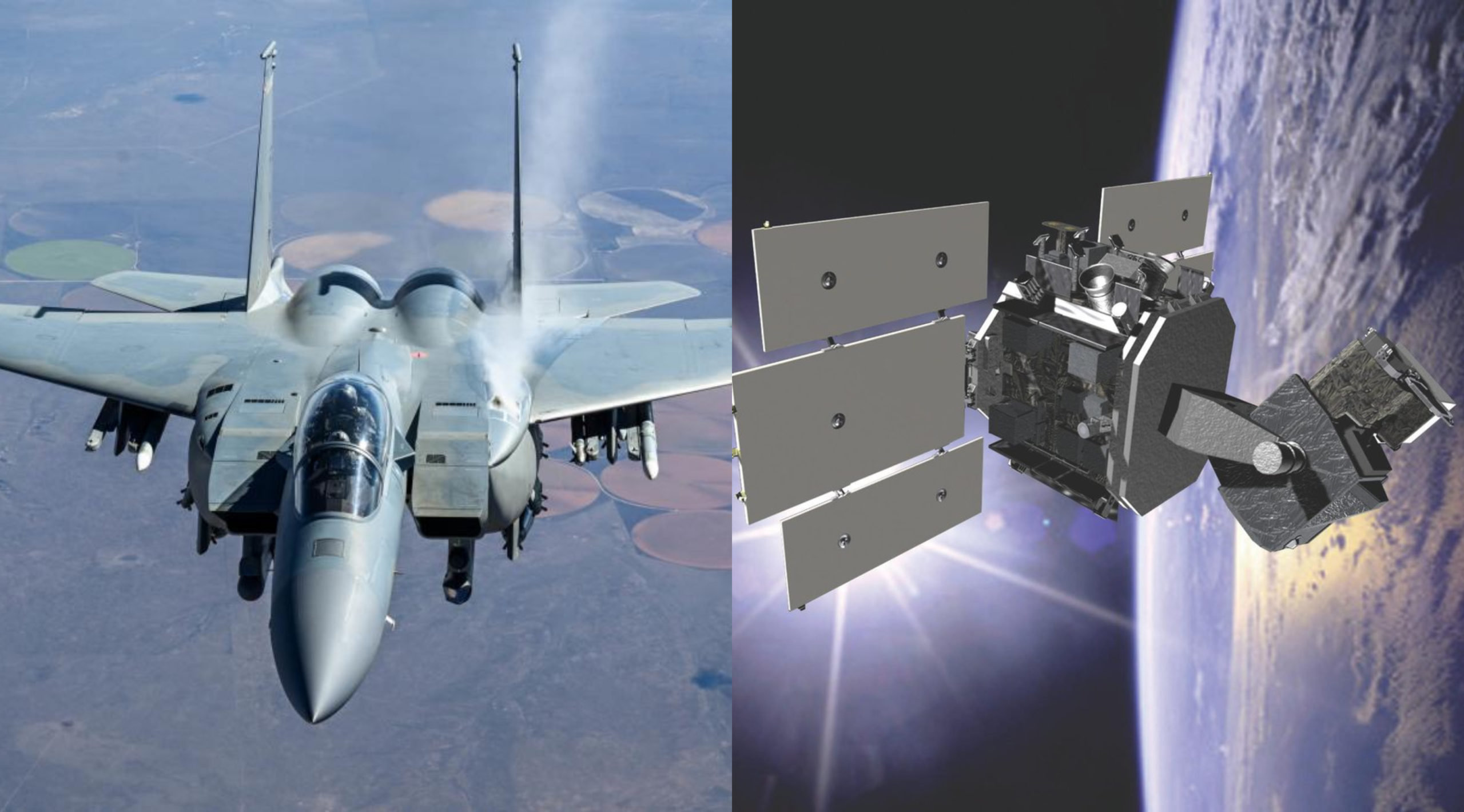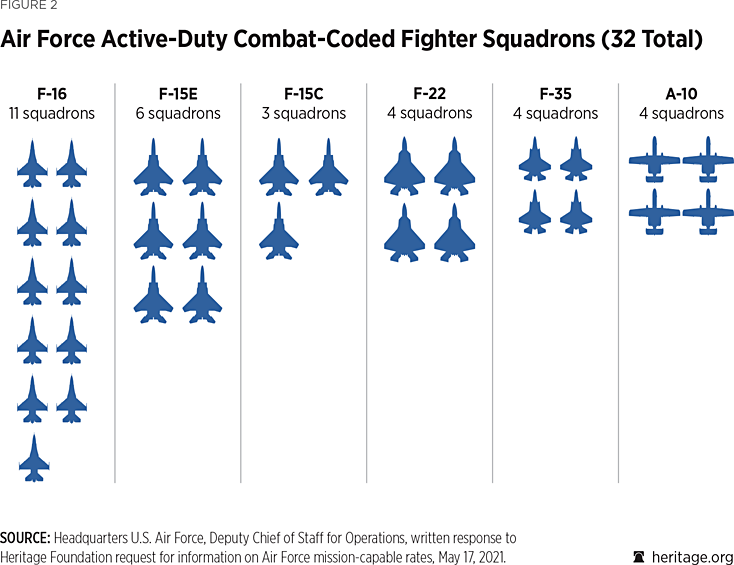The New Hampshire National Guard will be the official U.S. state partner to the Republic of Cabo Verde, an archipelago off the northwestern coast of Africa, after a “highly competitive” months-long selection process, the Guard announced Oct. 21.
“This is great news for New Hampshire,” said Gov. Chris Sununu in a release. “We are safer as a state and a country with strategic partnerships across the globe.” The New Hampshire National Guard has had a similar relationship with El Salvador since 2000.
The State Partnership Program launched in 1993 following the end of the Cold War, as former Soviet-linked militaries sought American ties. Latvia wanted U.S. help to adopt a citizen-soldier model, similar to the U.S. At the same time, the U.S. government was looking for a way to expand military-to-military cooperation in central and Eastern Europe without threatening the new Russian Federation. The National Guard seemed like the obvious choice.

The program now includes 83 partnerships, or about one-third of the world’s nations. New Hampshire is among several state Guard organizations that partner with more than one country.
“We have the experience and knowledge to build a strong partnership with Cabo Verde,” said Maj. Gen. David J. Mikolaities, adjutant general of New Hampshire, in the release. “Beyond the shared benefits for Cabo Verde and New Hampshire, we have an opportunity to play a strategic role helping to maintain stability in the region.”
The partnerships have helped some nations become NATO members, the release said.
Rep. Chris Pappas (D-N.H.) advocated for New Hampshire’s selection. “This strategic partnership will support our national security by building lasting alliances and ensuring our two countries can work alongside each other to counter transnational organized crime operations,” he said. “I’m grateful for the role the NHNG plays in keeping our communities safe and look forward to the opportunities this partnership will bring our state.”
Cabo Verde, which is located about 300 miles off the coast of Senegal, is a seven-hour flight from Boston’s Logan International Airport. The island nation gained its independence from Portugal in 1975. Its military, which consists of a National Guard and Coast Guard, focuses primarily on combating international drug trafficking.
